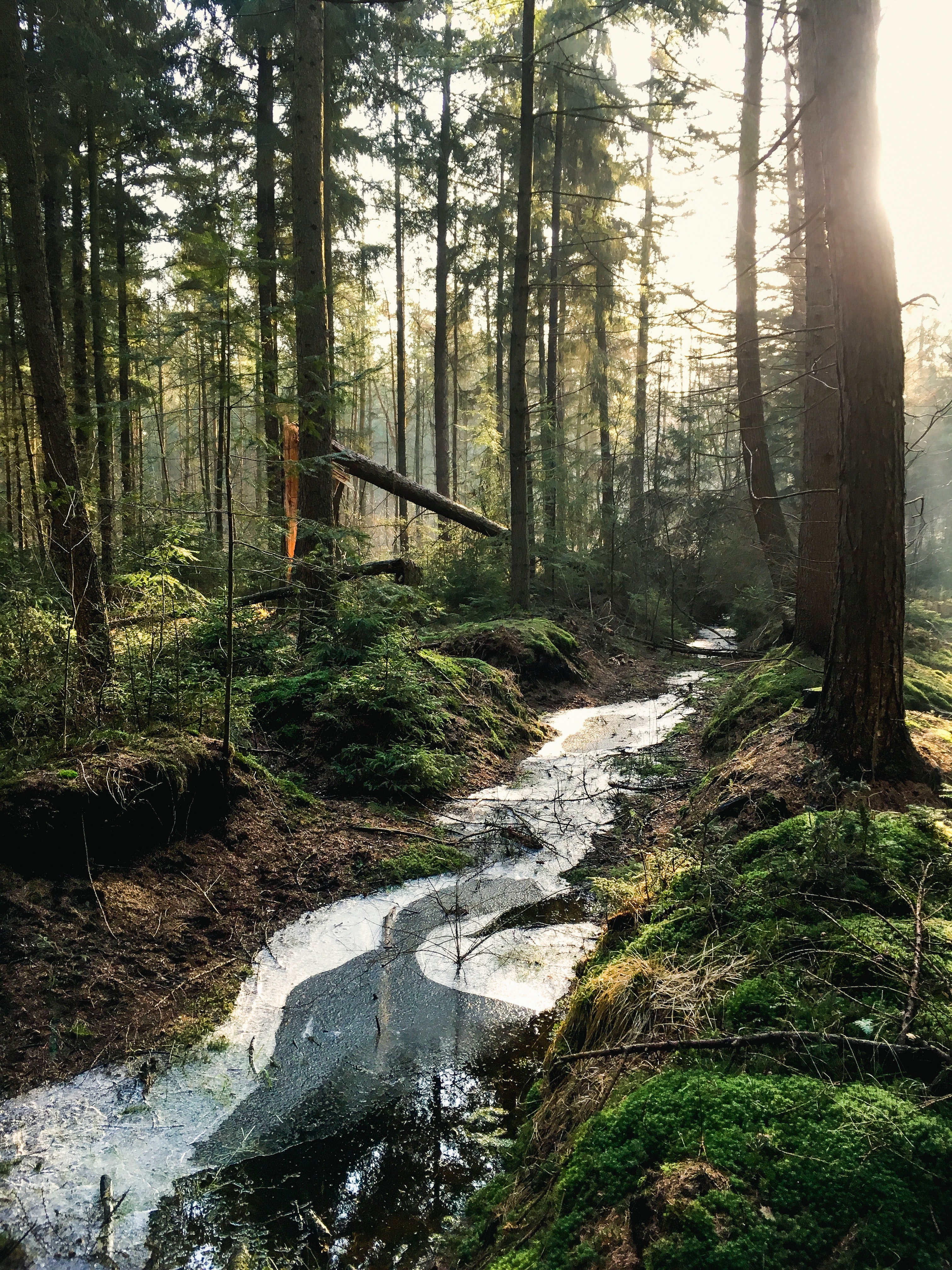

On the one hand, community members with informal or insecure land rights can lose access to lands claimed under restoration initiatives. Forest landscape restorationįorest landscape restoration aims to regain the ecological integrity of deforested and degraded lands while simultaneously improving the wellbeing of forest-dependent communities.Ī critical issue in forest landscape restoration is safeguarding communities’ rights and access to their lands. Developed within the CGIAR Research Program on Forests, Trees and Agroforestry, the framework explains that restoration initiatives must consider how gender relations shape access to and control over land and its use, and how changes in land use that may result from restoration can disadvantage women if their rights to resources, priorities, and contributions of labour and knowledge are overlooked. In fact, gender inequality is an important but under-appreciated factor hindering restoration and the fair distribution of benefits from the process.Ī new framework to promote socially just and equitable interventions in forest landscape restoration has been published by gender researchers from Bioversity International, Center for International Forestry Research, and the World Agroforestry Center. Since rural men typically have more public authority than women and are considered heads of their household, interventions that work with rural communities tend to favor them when it comes to choosing the areas and species to restore. Yet, while the need to restore degraded lands and landscapes is pressing and gaining global attention, restoration initiatives often overlook rural women. Bioversity International and the European Unionįor many rural women, fulfilling everyday responsibilities such as agricultural production and home gardening, as well as collection of fodder, fuelwood, water and forest products have become more difficult due to environmental degradation. This adds to women’s heavy labour burdens as, for example, they have to venture farther from home to gather these products.The Bioversity International Herbarium Project.Open Access at Bioversity International.Library Services and Knowledge Management.Celebrating 45 Years of Agrobiodiversity Research.Mainstreaming Agrobiodiversity in Sustainable Food System.Understanding and increasing the impact of research.Using ontologies to harness research data.Preparing the ground for impactful research.Gender in seed systems and plant breeding.Mutual implementation of Nagoya Protocol and Plant Treaty.Policies for plant diversity management.Why forest and tree genetic diversity matters.Improving nutrition with diverse local foods.International Musa Germplasm Transit Centre.Banana genetic resources and management systems.Globally important agricultural heritage systems (GIAHS).Integrating wild and agricultural biodiversity.Honorary research fellows & visiting researchers.The landscape-scale effects of this work will be complimented by existing and future treatments on adjacent federal and non-federal lands.A closer look at gender relations in forest landscape restoration Under this program, approximately 32,000 acres of National Forest System lands will be treated, much of which is located within the wildland–urban interface. The Front Range Roundtable has identified 800,000 acres of land that are high-priority for restoration treatments. In 2009, Congress passed the Title IV of the Omnibus Public Land Management Act and established the CFLR Program. The 1.5 million-acre project landscape covers parts of the Arapaho and Roosevelt, and Pike and San Isabel National Forests (see map below). As a result, nearly one million acres of dense, uniform forests are now vulnerable to large and severe wildfires. Uniform forests now stand in areas that were historically complex mosaics of forest densities. Since 1860, human activities such as urban development, fire suppression, timber harvest, and grazing have changed the forests along the Front Range.


 0 kommentar(er)
0 kommentar(er)
